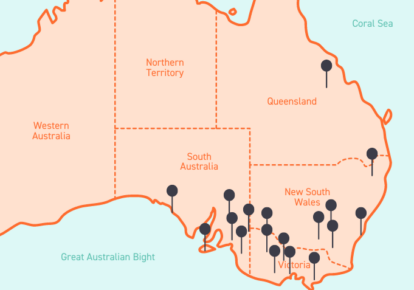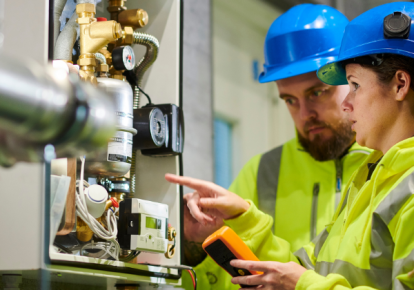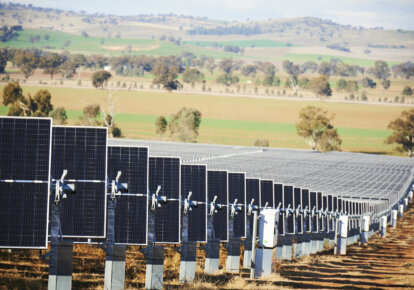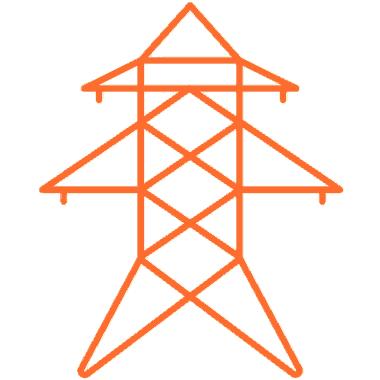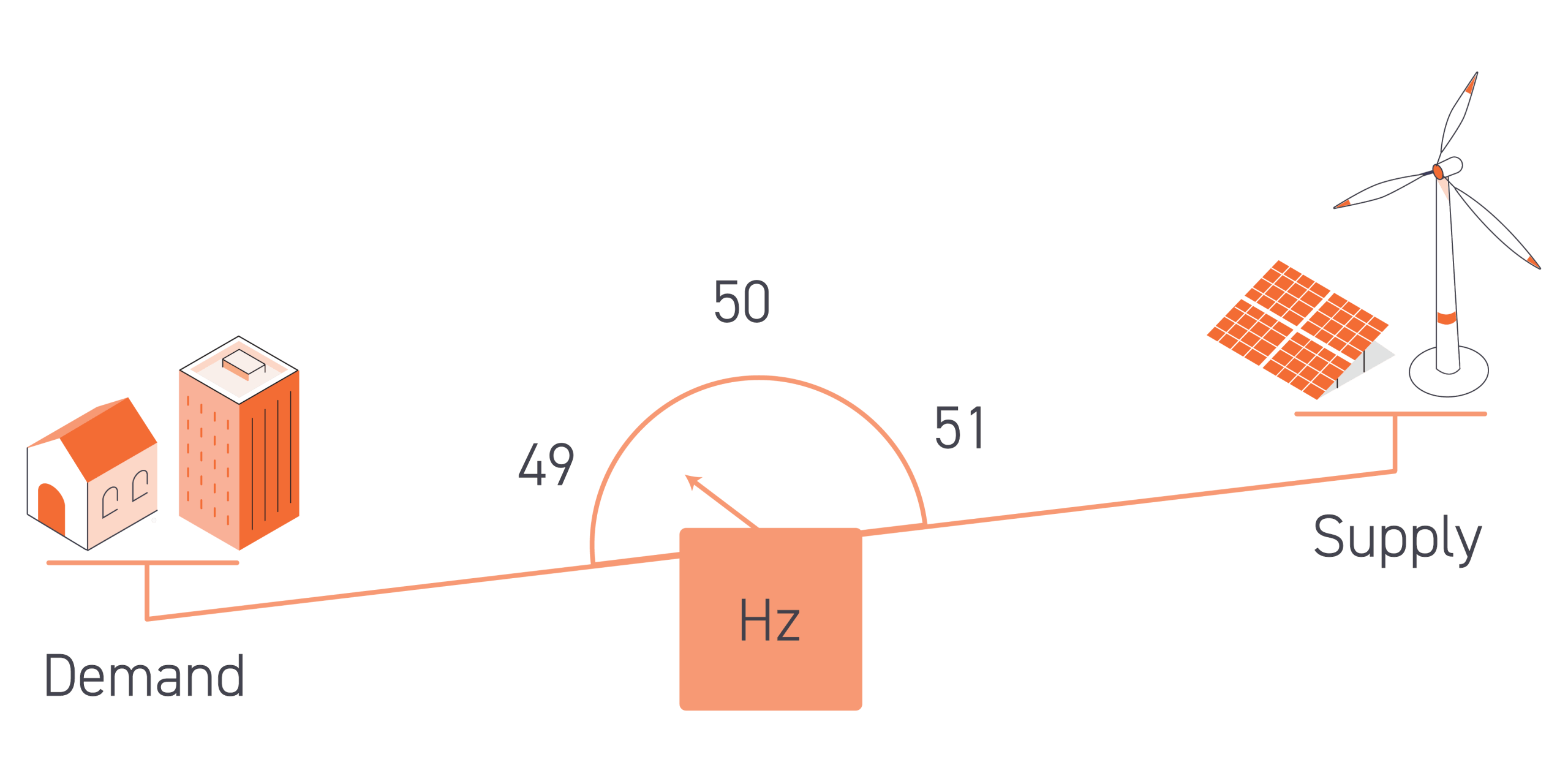What is FCAS?
What are the two types of FCAS?
There are two main types of FCAS – regulation and contingency.
Regulation FCAS is used for continuous fine-tuning of frequency, to keep the grid within a preferred range, called the normal operating frequency band (between 49.85 Hz and 50.15 Hz). This is managed by AEMO directly with large electricity generators (typically greater than 5 MW) in the NEM.
Contingency FCAS is used to respond to large, unexpected imbalances caused by events such as sudden generator outages or tripped transmission lines. Batteries can respond in a split second, charging or discharging to help stabilise the grid, making them very well suited to providing contingency FCAS. This is why battery storage has now become the leading provider of contingency FCAS in the NEM.
Providers of contingency FCAS are paid to stand-by to respond to events. As such, batteries typically don’t have to charge or discharge significant amounts of energy in contingency FCAS and can earn revenue simply by being available to provide FCAS. Demand response, where loads can be tripped off, is also very well suited to providing contingency FCAS.
What happens during a contingency FCAS event?
If the grid experiences a disturbance causing frequency to deviate outside of the normal operating frequency band, a contingency FCAS event occurs.
Participating generators, battery energy storage systems and equipment that draws large amounts of power, such as HVAC or refrigeration systems, will respond to this change in frequency by changing how much electricity they are using or generating to help counteract the imbalance.
This rapid response helps restore the frequency to its normal range, stabilising the grid and preventing potential damage to energy infrastructure.
How can businesses take part in FCAS?
Large businesses with energy assets such as generators, battery storage, solar PV or flexible loads may be eligible to provide contingency FCAS.
There is also potential to aggregate multiple batteries into a portfolio of assets within the same region across different sites. Even small batteries can participate when an aggregator uses them in concert with batteries elsewhere, which can be owned by anyone in the NEM.
To take part, businesses need to register their assets with AEMO to make them available for use in FCAS – or to simplify the process, Flow Power can register and manage these assets for you. If you’d like to discuss your site’s eligibility for FCAS or learn more about how it could play a part in your energy management strategy, speak to an energy specialist today.
What are the benefits of participating in FCAS?
Businesses eligible to take part in FCAS can earn significant revenue from AEMO, with minimal operational impact. The faster FCAS assets can respond to grid signals, the greater the earning potential.
In addition to the financial benefits, participating in FCAS provides essential support to the grid, and supporting the transition to a renewable energy powered NEM.
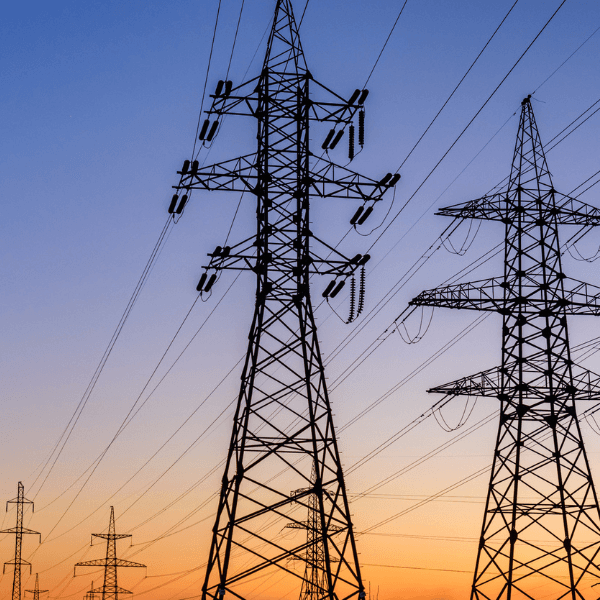
We’re here to help.
If you’re an existing Flow Power customer, please reach out to your dedicated account manager.
If you’re not a Flow Power customer, contact our friendly team today.


